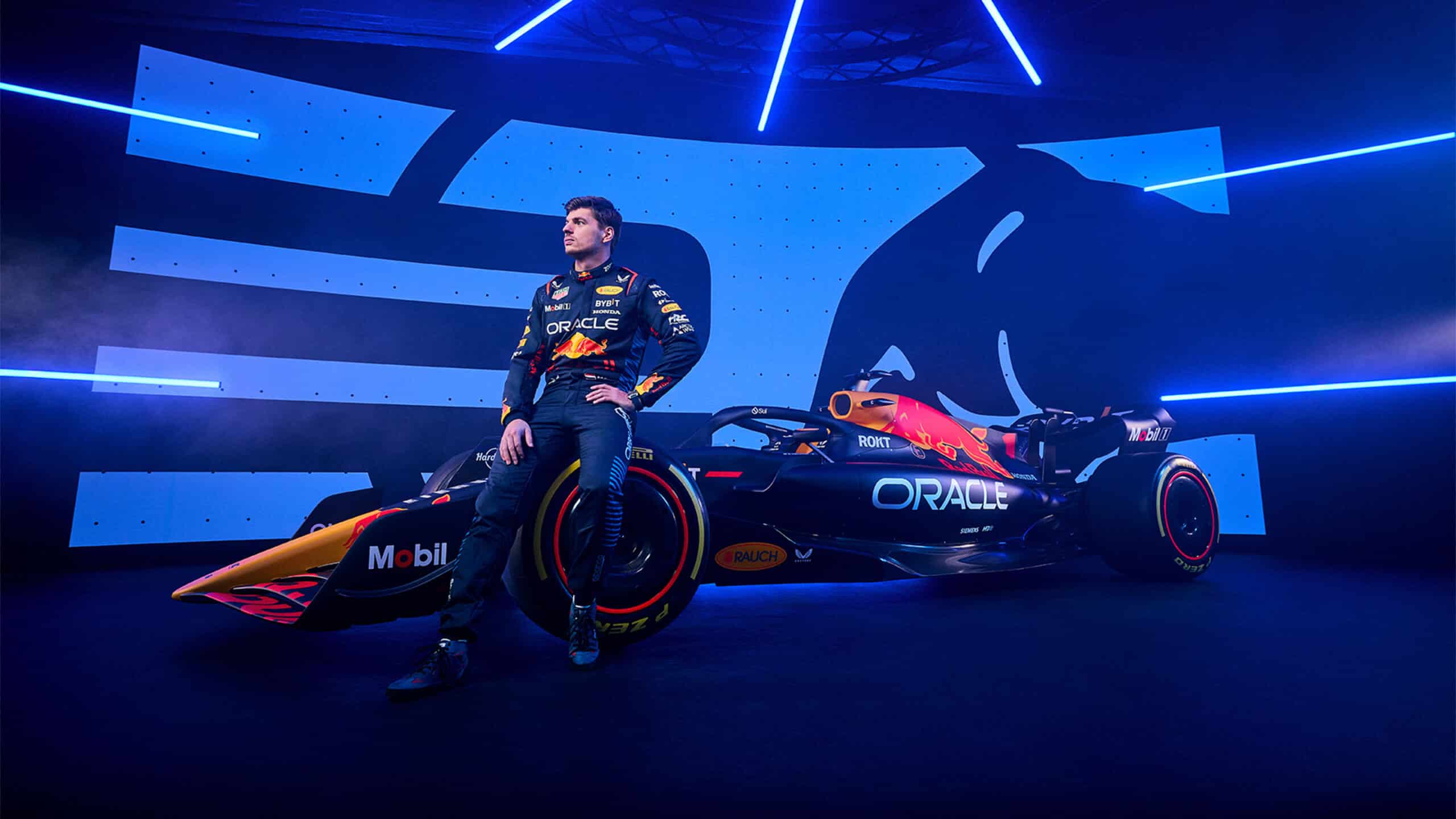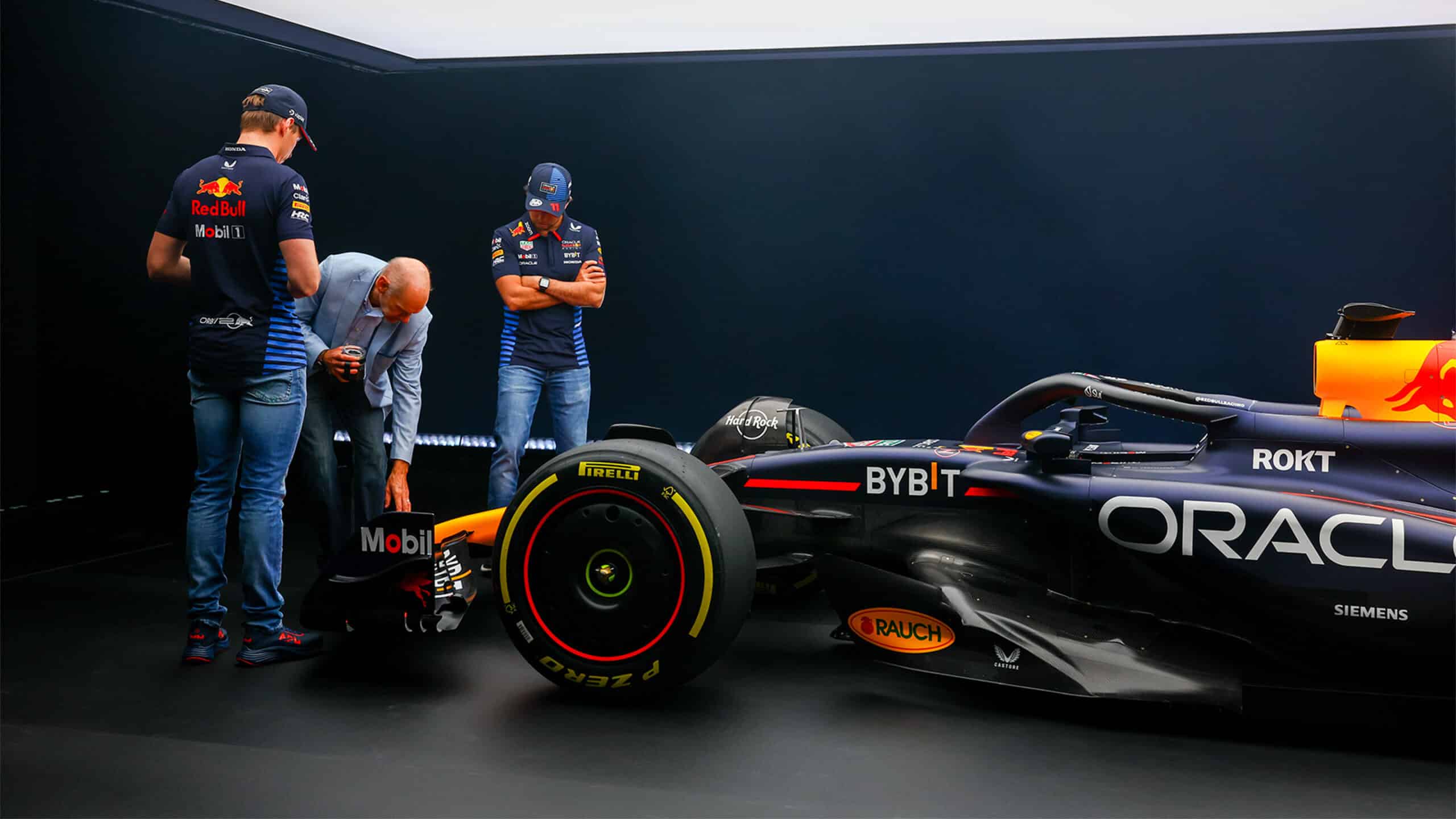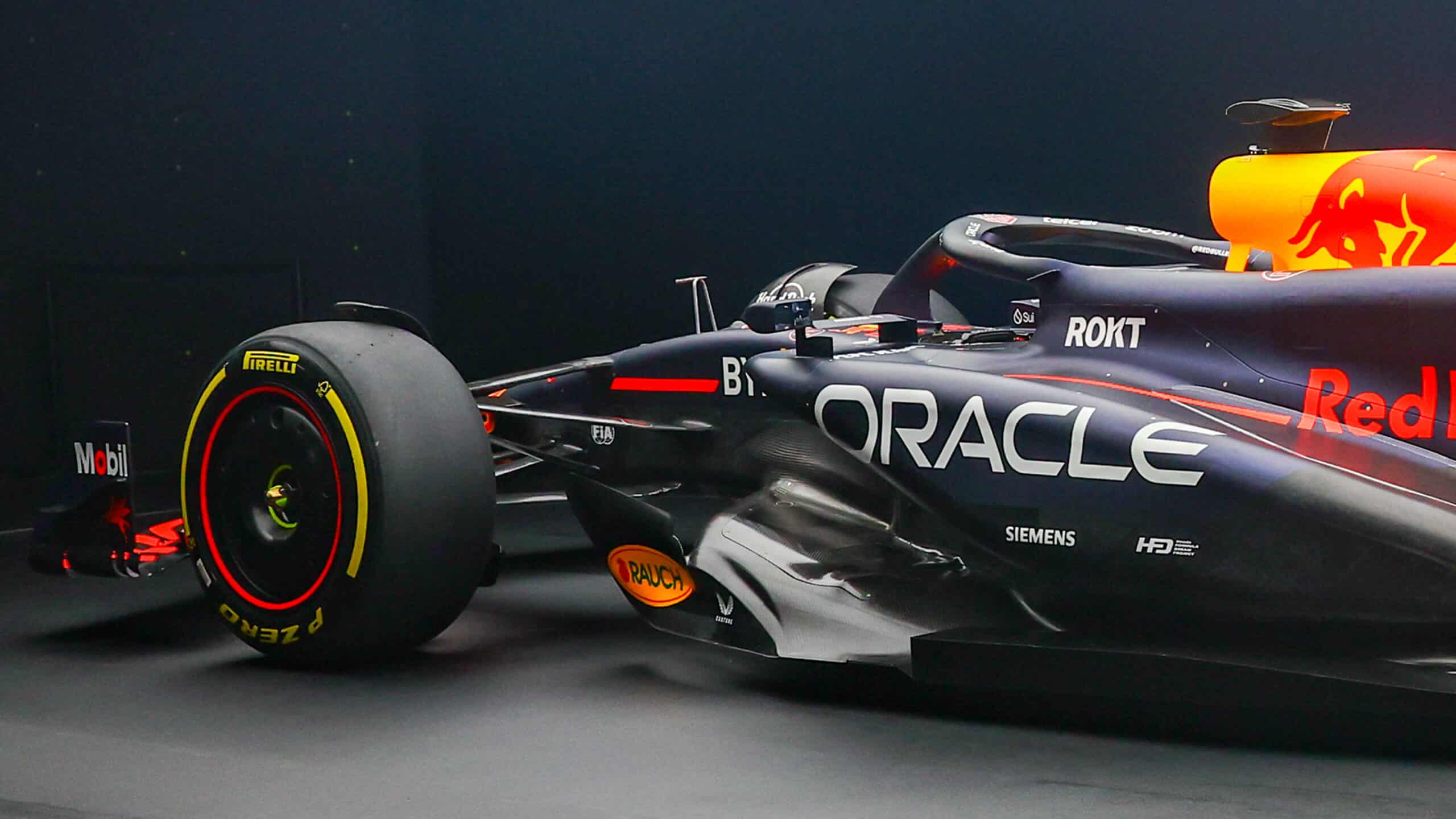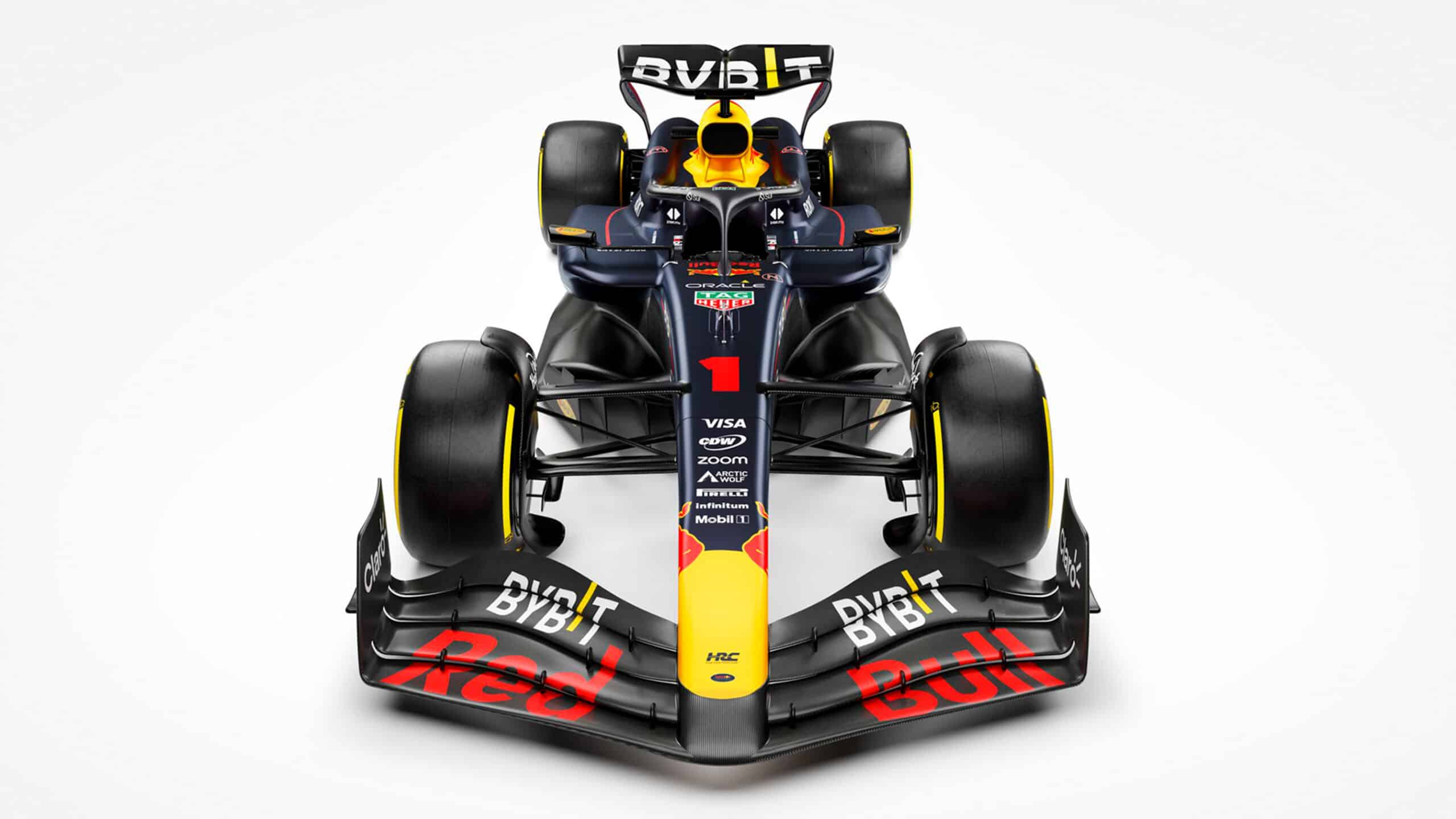Haas and Sauber, among the earliest revealers, showed refinements of cars which had already last year moved away from the out-washing sidepod concept they and engine supplier Ferrari took as their first reactions to the new regulations in ’22. Even before their ’24 cars were launched these two Ferrari customer teams had already moved towards the Red Bull ‘heavy undercut with downward ramp’ sidepod. The ’24 cars just took it a little further, as they’d been able to configure them around more suitable hard points of chassis and gearbox. In addition, Sauber moved to pushrod operation of its rear suspension, giving it a Red Bull-matching pull rod front/pushrod rear combination.
The junior Red Bull team, RB, showed a car very similar to the late-’23 version of the AlphaTauri AT04, but with more Red Bull-like radiator inlets and a switch to Red Bull pull-rod front suspension. Alpine reduced the bulk of its sidepod, making possible a bigger airflow-enhancing undercut and made a major change to the internals of its rear (pushrod) suspension to improve the car’s through-corner balance. Aston Martin, which takes its gearbox and rear suspension from Mercedes had made the switch from pull-rod to pushrod rear suspension, giving more volume for the crucial airflow around the diffuser. There were also more Red Bull RB19-like radiator inlets.
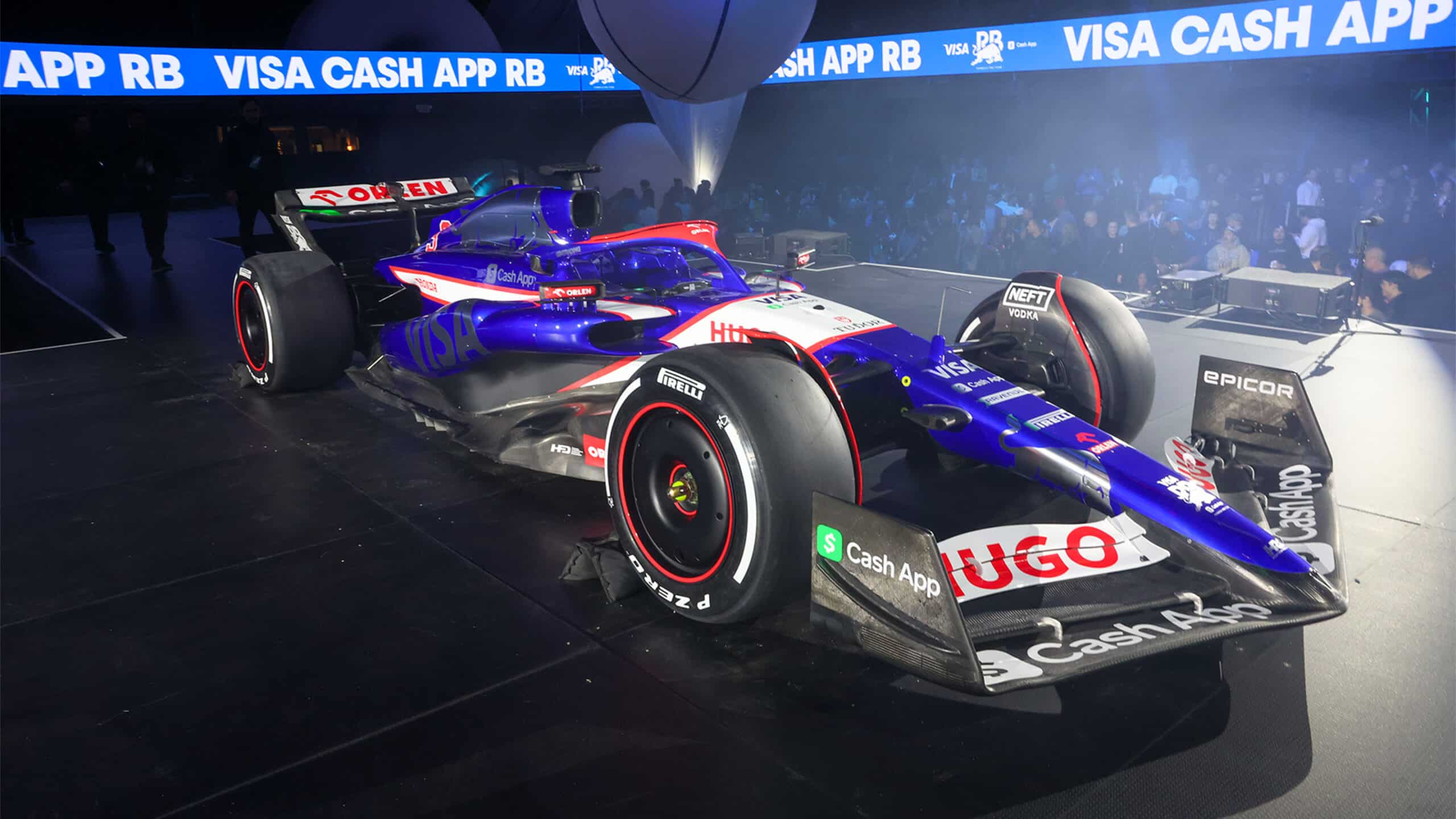
RB’s car takes after Red Bull’s RB19 — but looks far from Adrian Newey’s latest creation
Red Bull
Ferrari confirmed its full move away from the out-washing sidepod concept of 2022 and ’23 with what has become a ‘conventional’ undercut arrangement, but stayed with its pushrod front/pull-rod rear suspension layout. It also shortened its gearbox casing and lengthened the chassis, to stretch the sidepods to accommodate the re-sited radiators without increasing the car’s overall length.
McLaren, which already had a very Red Bull-looking car by the end of last season, gave the ’24 version a more extreme undercut by moving some radiator area further back, allowing the upper side impact bar to be exposed and used for aerodynamic effect. Mercedes revealed a very elegant-looking W15 which had abandoned the forward-siting of the cockpit and with an enhanced undercut sidepod and pushrod rear suspension.
